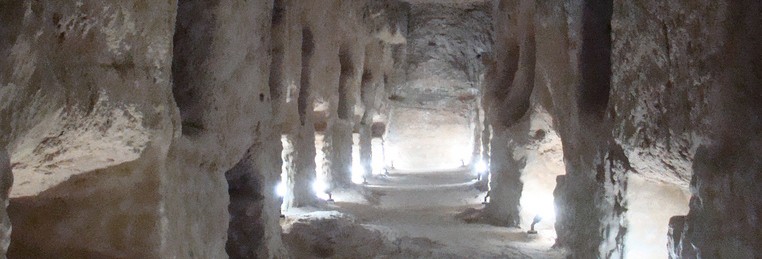Following the Christian destruction of pagan temples located in Alexandria, churches were built to the west of the court of the destroyed Serapeum. This was because “churches in Egypt normally face approximately east, so if they had an atrium which served as a forecourt it would have been situated to their west.”12 Two of the earliest constructions of churches in Alexandria took place in 464/5 AD, involving the four-sided colonnade and the sanctuary of the Church of St. John the Baptist. In 538 AD, the Roman emperor Justinian expelled the Copts from other Alexandrian churches besides the Church of St. John the Baptist. Following the expulsion, they built two churches: the Angelion (at the steps of the former Serapeum) and the Church of Saints Cosmas and Damian. Both churches were presided over by the Coptic patriarch Anastasius (605-616 AD); “although he had to reside outside Alexandria, he was able to preach in the Church of St. John the Baptist, but not with impunity. As a result, the Chalcedonian patriarch Eulogius persuaded the emperor Phocas (AD 602-610) to confiscate the Churches of Cosmas and Damian.”13It is unknown when the churches ceased to be used following the Persian invasion of Egypt in 619 AD.
In 1167 AD, while Saladin was in control of Egypt, the columns at the Serapeum site were dismantled and moved to the edge of the seashore in order to deaden the force of the waves weakening the city walls and to make the approach of the Crusader ships more difficult. Some of the fragments of the columns were left behind at the site, some with the cuttings for the wooden wedges used to break them up. The only column left intact was Diocletian’s Column.
12. Rowe, Alan, and Etienne Drioton. Discovery of the Famous Temple and Enclosure of Serapis at Alexandria,. Le Caire: Impr. De I’Institut Français D’archéologie Orientale, 1946. 110.
13. Ibid 110.


